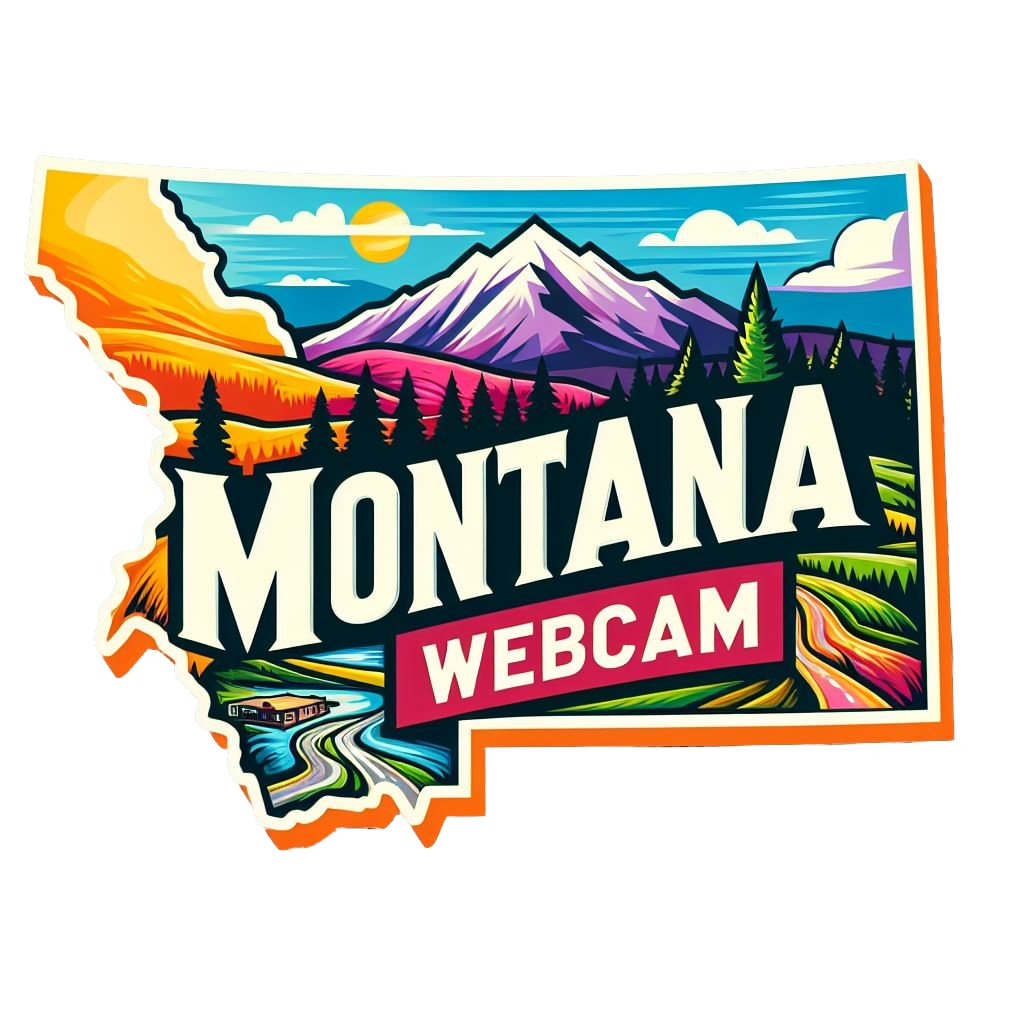Evaro, MT Weather Cams
Gray Wolf Peak Casino Cam

Evaro, Montana: A Crossroads of Native Heritage, Railroads, and Frontier Resilience
Evaro, MT Weather Cams. Nestled in Missoula County, Evaro, Montana, is a small but historically significant community located on the southernmost part of the Flathead Indian Reservation. Positioned along U.S. Highway 93, Evaro serves as a gateway between Missoula and the Mission Valley, offering a blend of Native American heritage, railroad history, and frontier perseverance.
Early Native American Presence
Evaro’s history is deeply tied to the Salish and Kootenai Tribes, who have inhabited the region for centuries. The area’s name is believed to originate from Salish words describing the landscape, with Evaro Hill known as snɫp̓upƛ̓m or snɫp̓u, meaning “small clearing on the hilltop”. The tribes relied on the land’s natural resources for hunting, fishing, and seasonal migrations, shaping the cultural and environmental landscape long before European settlers arrived.
Railroad Expansion and Settlement
The arrival of the Northern Pacific Railway in the late 19th century transformed Evaro into a strategic location for transportation and commerce. The railroad provided access to timber, minerals, and agricultural goods, fueling economic growth in western Montana. Evaro became a stopping point for rail workers, traders, and settlers, contributing to its development as a small but vital community.
The Naming of Evaro
There are conflicting stories about how Evaro got its name. Some accounts suggest it was named after a French countwho traveled through the area in the early days. However, a more colorful local legend tells of Eva Roe, a young mail-order bride who tragically lost her life in a logging accident. As a tribute, the town was renamed Evaro, honoring her memory and the deep emotional connection the community had to her story.
Economic Shifts and Modern Development
Like many small frontier towns, Evaro experienced economic fluctuations as industries evolved. The decline of railroad prominence and changes in logging practices led to shifts in employment and population. However, the town remained an important cultural and transportation hub, particularly for the Flathead Indian Reservation.
Today, Evaro is known for its scenic beauty, Native American heritage, and proximity to outdoor recreation. The surrounding Mission Mountains provide breathtaking views, while the Jocko River and Finley Creek offer opportunities for fishing and wildlife observation. The town’s location near Missoula makes it a convenient stop for travelers exploring western Montana.
Preserving History and Embracing the Future
Efforts to preserve Evaro’s history continue through local storytelling, historical markers, and cultural initiatives. The town’s connection to the Salish and Kootenai Tribes remains strong, with ongoing efforts to celebrate and protect tribal traditions, language, and land stewardship.
From its Native American roots to its railroad expansion and frontier resilience, Evaro’s history is a testament to adaptation and perseverance. Whether exploring its cultural heritage, scenic landscapes, or historical narratives, Evaro offers a glimpse into Montana’s evolving frontier legacy.
For more information, visit the official Montana Visitors site here.
